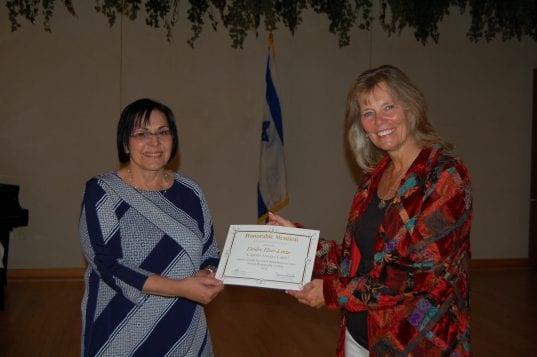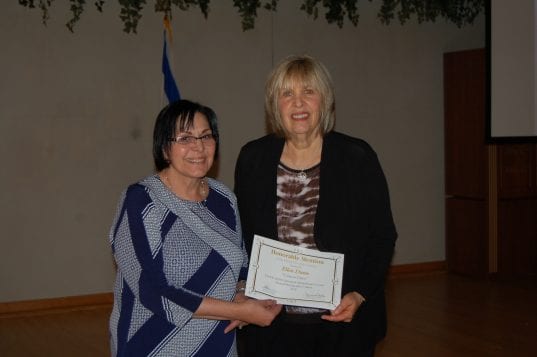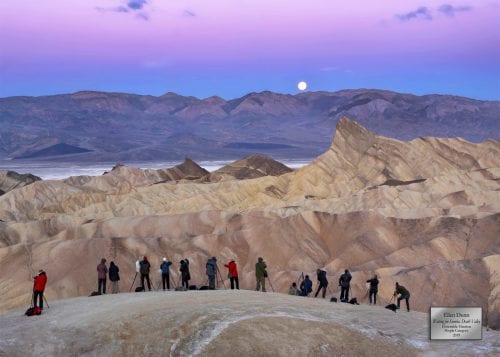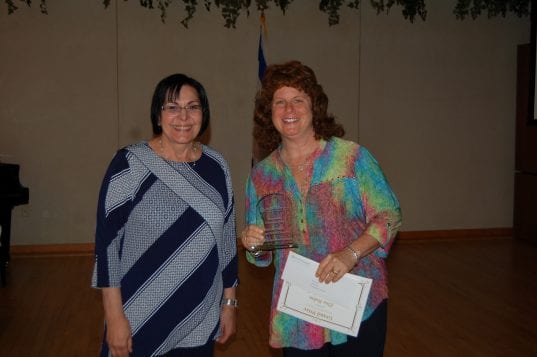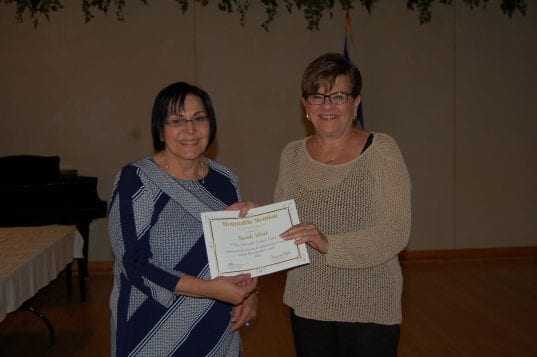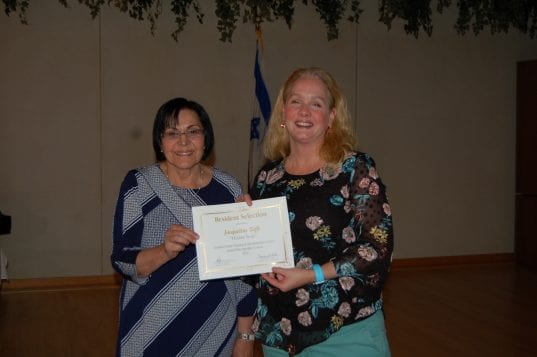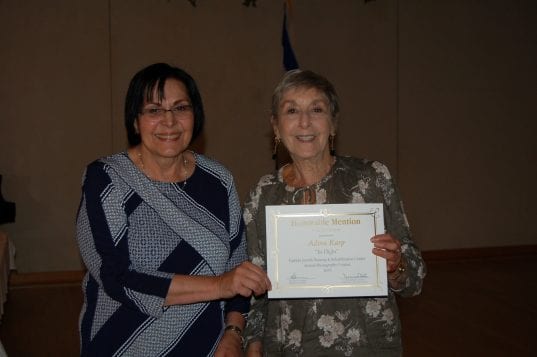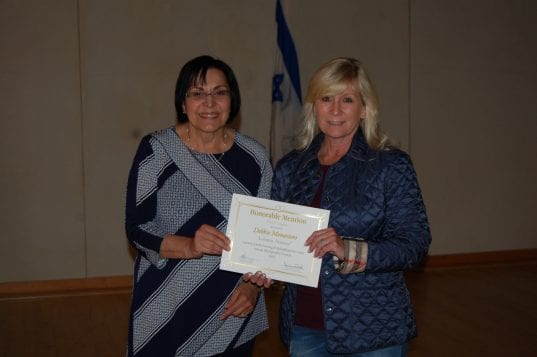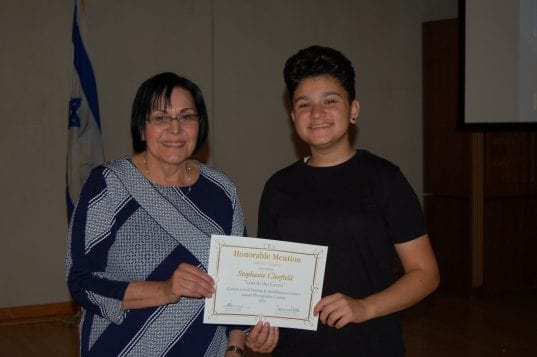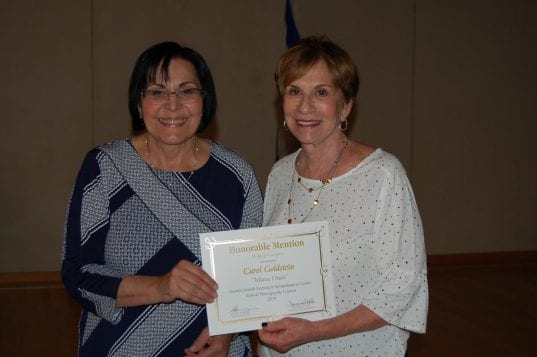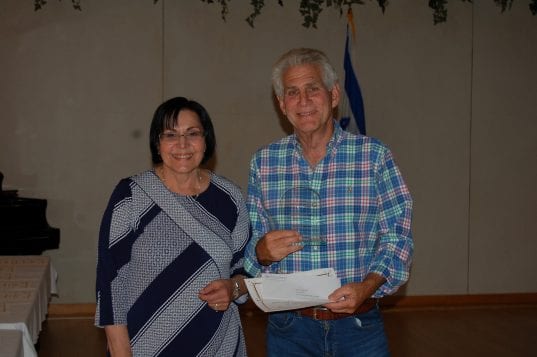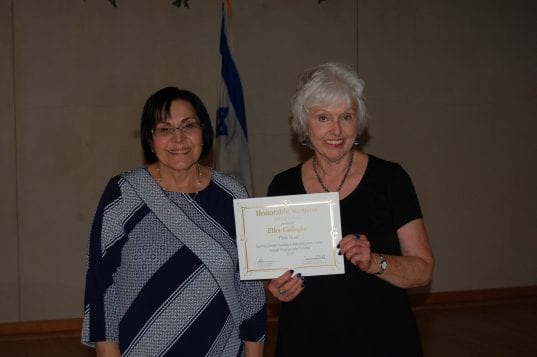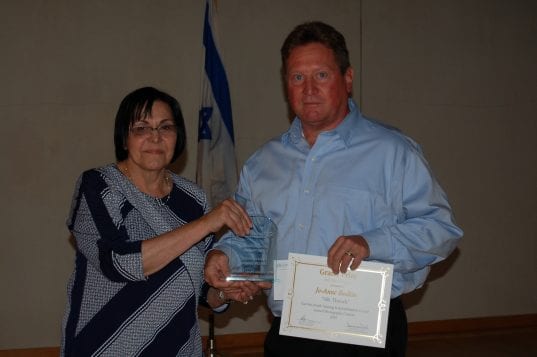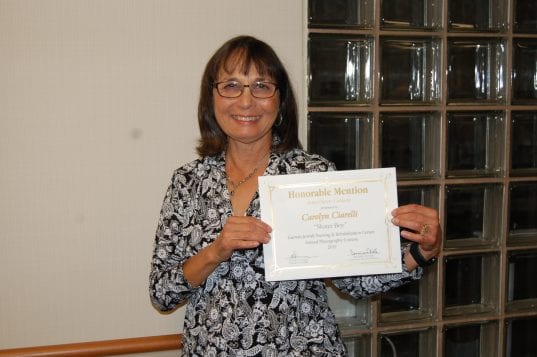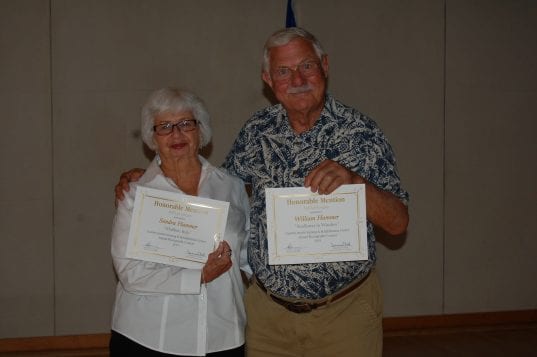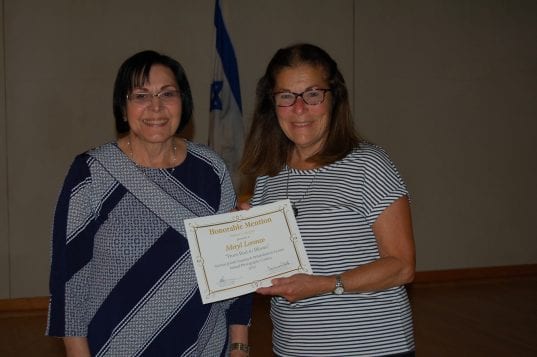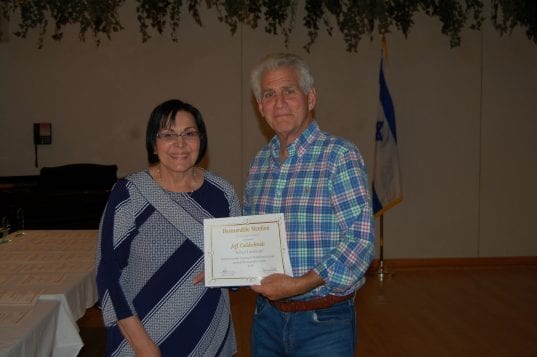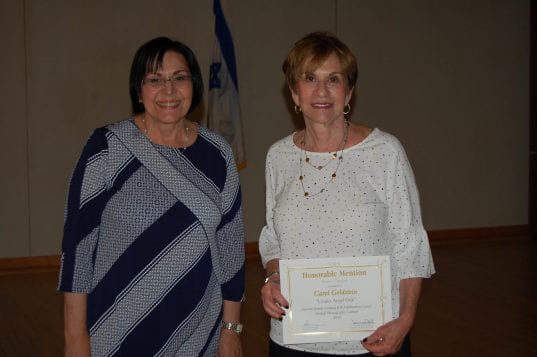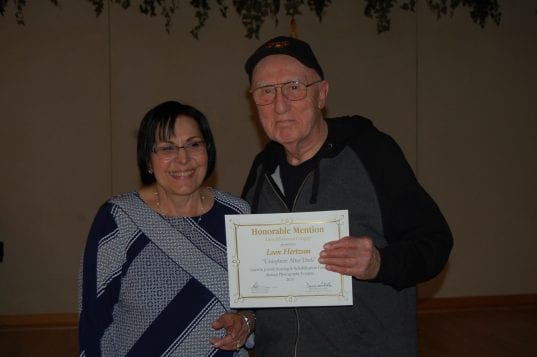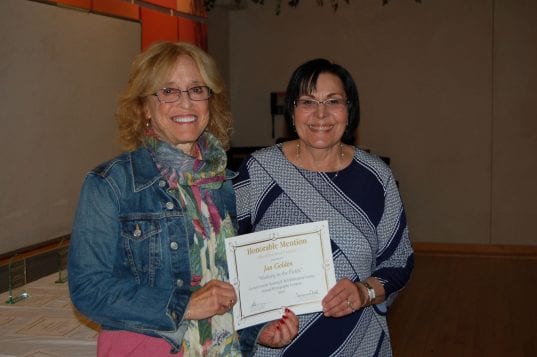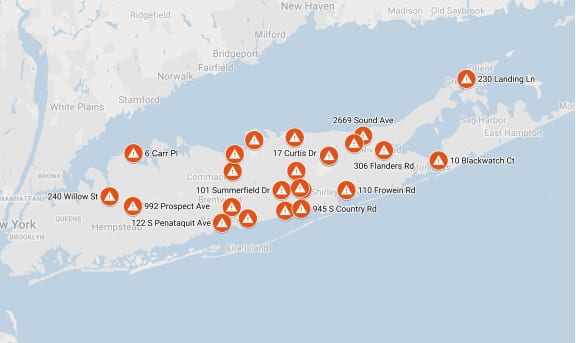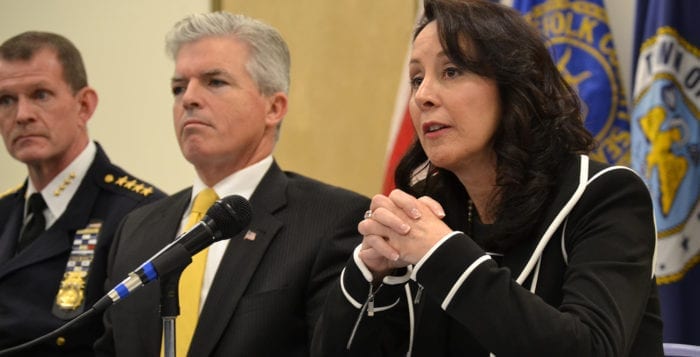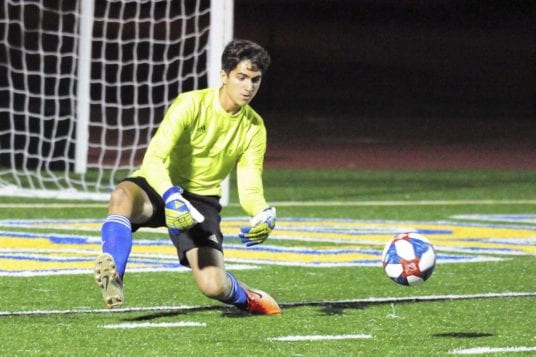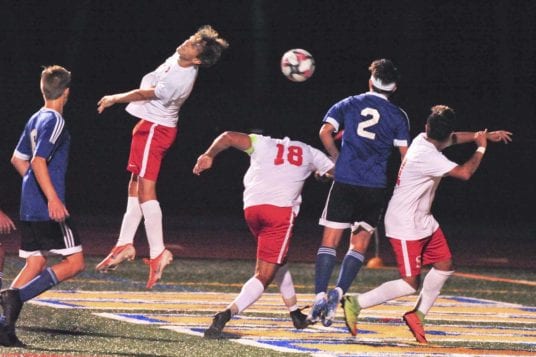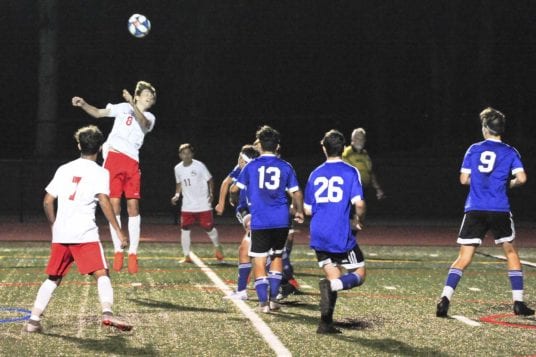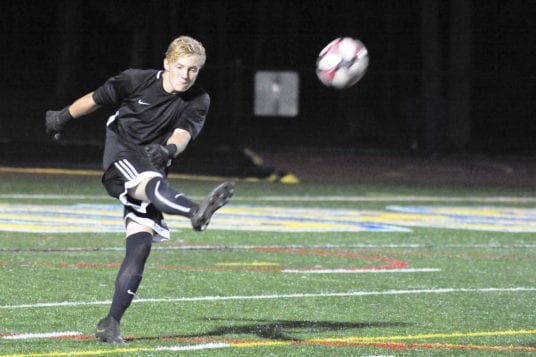Long Island Cares — one of Long Island’s well-known charitable institutions — is completing the installation of solar panels on the 35,000 square-foot roof of its headquarters at Long Island Innovation Park at Hauppauge.
The $414,000 project is expected to generate 350,000 kilowatt hours of renewable energy annually and 100 percent of it will be directed off-site to serve the electrical needs of households experiencing hardship and food insecurity. Long Island Cares is paying for system out of its reserves and available funds in its budget.
“This solar project represents a direct extension of the humanitarian work of Long Island Cares,” said Paule Pachter, the organization’s CEO. “Part of Long Island Cares’ energy focuses on providing emergency food relief to hungry and food insecure Long Islanders through the Harry Chapin Regional Food Bank. But we also engage in direct service programs that address the humanitarian human needs of veterans, seniors, immigrants and others struggling with economic and social challenges.”
The project is one of the first initiatives that are expected to help the industrial park meet by 2040 New York State’s ambitious goal of converting to 100 percent renewable energy.
The power pass along is facilitated through an energy management practice called “community solar,” whereby electricity generated by a solar power installation is shared by multiple households, companies or institutions. It’s an initiative of the Hauppauge Industrial Association, a prominent Long Island business group, and its solar task force, which was launched last year.
Co-chairs Scott Maskin, CEO of SUNation Solar Systems, one of Long Island’s largest installers of solar panels and equipment, and Jack Kulka, president and founder of Kulka LLC, a major development and construction firm, are behind the initiative.
“By taking the entire energy output of our solar installation and sending it off-site to provide discounted power to homes occupied by our lower-income neighbors, these households will have new found income to address some of their immediate needs,” Maskin said. “As such, it has a unique opportunity to bring forward both technology and value in a substantial way. From an energy perspective, the park can act as a responsible, shining example for all of Long Island.”
Long Island Innovation Park, formerly known as the Hauppauge Industrial Park, is the second largest industrial center in the United States after California’s Silicon Valley, and the largest in the Northeast corridor. The park is recognized as a major driver of the region’s economy and is a focus of the regional development plan of Gov. Andrew Cuomo (D).
“Through the successful embrace of this program,” Maskin added, “our park can distinguish itself as Long Island’s single largest energy producer, delivering revenue to its building owners while helping achieve New York State’s renewable energy goals. It’s a win-win all around.”
The Long Island Cares project is expecting to be up and running in October, but Pachter said that the project has recently encountered several obstacles.
“When PSEG inspected our site, they said that the transformer needs to be changed and wiring upgraded to handle the energy,” he said.
Maskin said in a telephone interview that the issues are relatively common and protection equipment upgrades are something that will need be addressed as the industrial park expands its renewable projects. The transformer, he noted, will be covered by a maintenance agreement it has for this specific project. The additional $11,000 wiring cost, Pachter said, will be the responsibility of L.I. Cares.
“We are building a power plant on the rooftop,” Maskin said. “If you think of the complexity of it all, delays are to be expected. We’re still pushing to have the system up and running in October.”
Pachter said that the construction phase has been underway for the last few months.
PSEGLI representative Elizabeth Flagler said that Community Distributed Generation makes renewable energy, particularly solar, more accessible to renters and apartment dwellers. The array, she said, is connected to the grid and managed by a host who serves as a liaison with PSEGLI. The pass through is accomplished through accounting, rather than through wiring a system to beneficiaries.
The project is the first community solar project in the industrial complex. 







